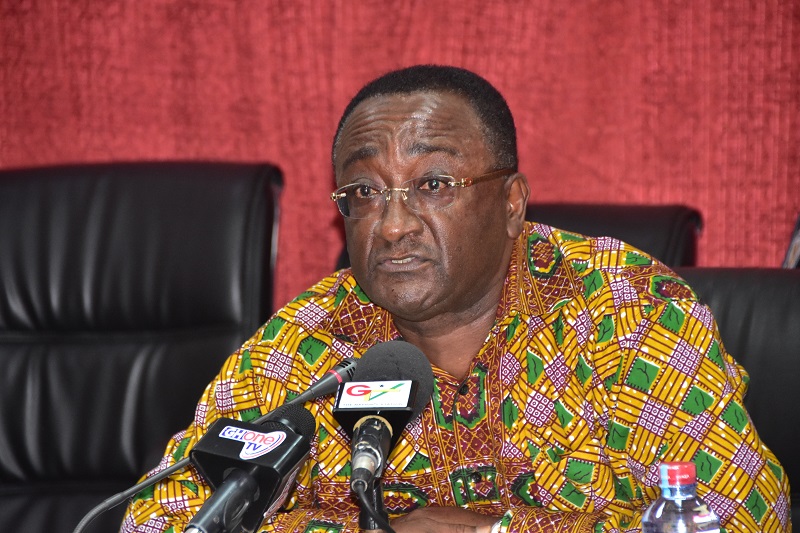Planting for Food and Jobs: Plans still on course
In the very recent past, a household slogans used in the country has been Planting for Food and Jobs (PFJ). This featured prominently in various Ghanaian media platforms.
On assumption of office by the agriculture sector Minister, Dr Owusu Afriyie Akoto, many were anxiously in anticipation for the policy direction for the sector. From the 2021 budget presented to Parliament, it became obvious that PFJ is still the way to go.
Dr Akoto has indicated that, under the leadership of President Nana Addo Dankwa Akufo-Addo, PFJ remains the flagship programme for the agriculture sector for the next four years.
That, he said, was in furtherance of a vision to revamp and modernise agriculture in Ghana.
Launch
The Planting for Food and Jobs (PFJ) campaign was launched in April 2017 by President Akufo-Addo, with the focus on improving the yields of farmers, access to markets, reducing post-harvest losses and enhancing extension service delivery.
The policy rallied all citizens to grow grain crops and vegetable in open spaces, including backyards.
The PFJ campaign initiative aimed at a comprehensive and systematic implementation of various modules strategically targeted at priority areas of agriculture.
These modules are: The Food Crop, Greenhouse villages, Tree Crop, Planting for Export and Rural Development (PERD), Rearing for Food and Jobs (RFJ) and the Mechanisation module.
Having expressed satisfaction with the performance and success chalked up over the last four years, Dr Akoto is of the view that there are still a lot more potential and returns expected from PFJ.
Full flight
He said the PFJ was in full flight and more was expected in terms of results, especially for the Greenhouse Villages and the Tree Crop modules.
The minister on several platforms indicated that Ghana stood to benefit immensely from the establishment of greenhouse villages. The prospect of replacing imported vegetables with local vegetable produce gives a great hope to the country.
It is refreshing to note that in the next six to seven years, it is envisaged that Ghana could reap earnings of about $1 billion USD from vegetable exports, with the expansion of the greenhouse villages in all parts of the country.
It is, therefore, not out of place to suggest that Ghana is likely to add on more greenhouse village to augment that of Dawhenya, Akumadan and Bawjiase respectively.
The PERD is aimed at diversifying the tree crop sector in addition to the dominant cocoa crop. Six tree crops have been selected in that direction – Cashew, Rubber, Coconut, Mango, Shea, Oil Palm & Coffee. Each of them is targeted to generate $2bn annually when fully developed in the next seven years.
Tree Crop Development Authority
It was, therefore, refreshing when in October 2020, the President inaugurated the Tree Crop Development Authority (TCDA).
The TCDA is the legal and institutional outcome of PERD, expected to lead the agenda for the diversification of Ghana’s agriculture by developing the tree crops sector.
According to Dr Akoto, the full operationalisation of the TCDA would position the country to earn about $16 billion annually from six selected tree crops from 2028.
All hands on deck
In conclusion, the government’s vision of modernising and transforming agriculture is fully on course due to the introduction of innovative and strategic initiatives, as well as the vital creation of a favourable environment for the sector.
Consequently, the clarion call has been on all well-meaning Ghanaians to support the bold efforts of government to sustainably develop and modernise agriculture to play its expected role of a major catalyst of Ghana’s growth and prosperity.



